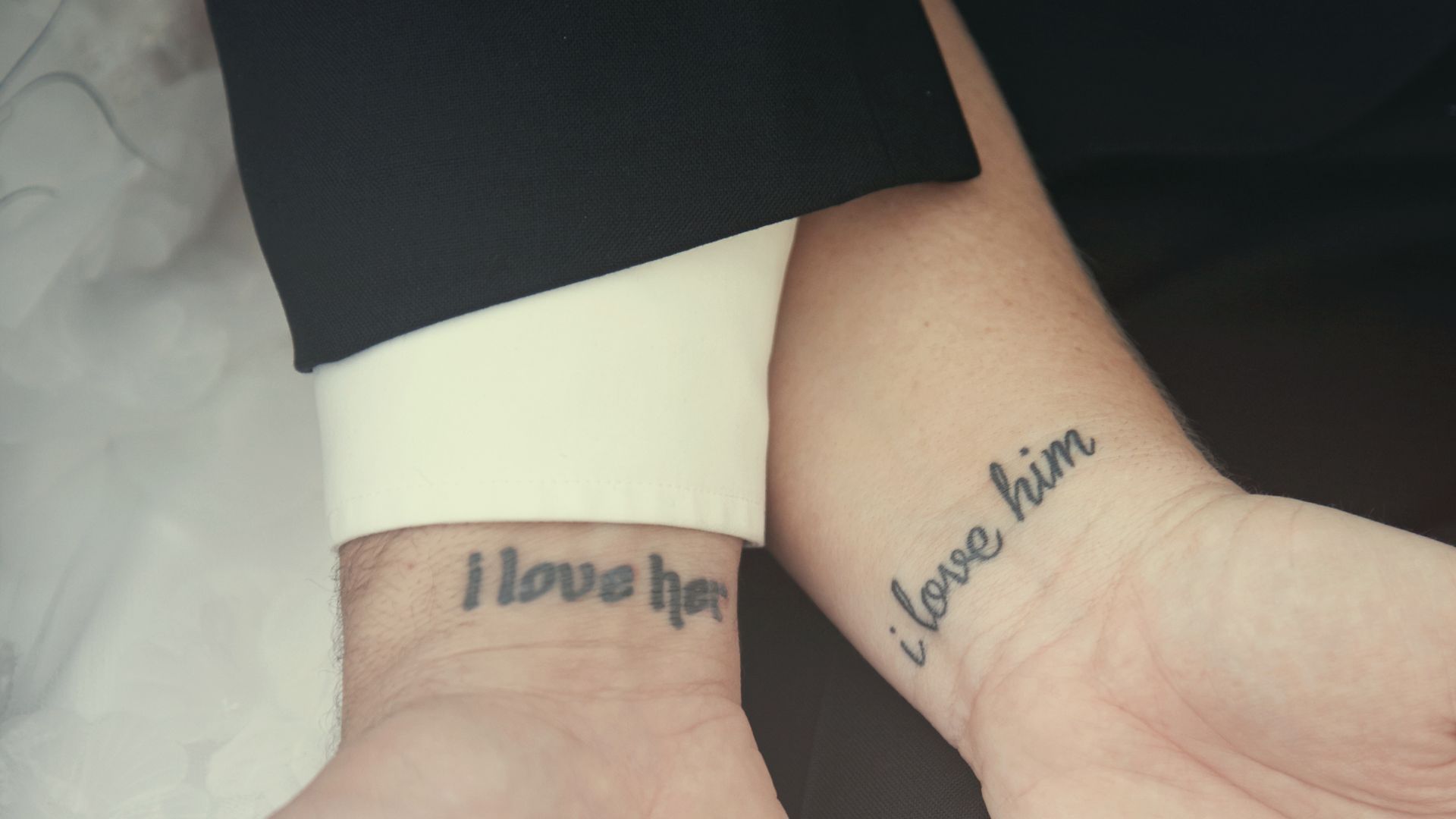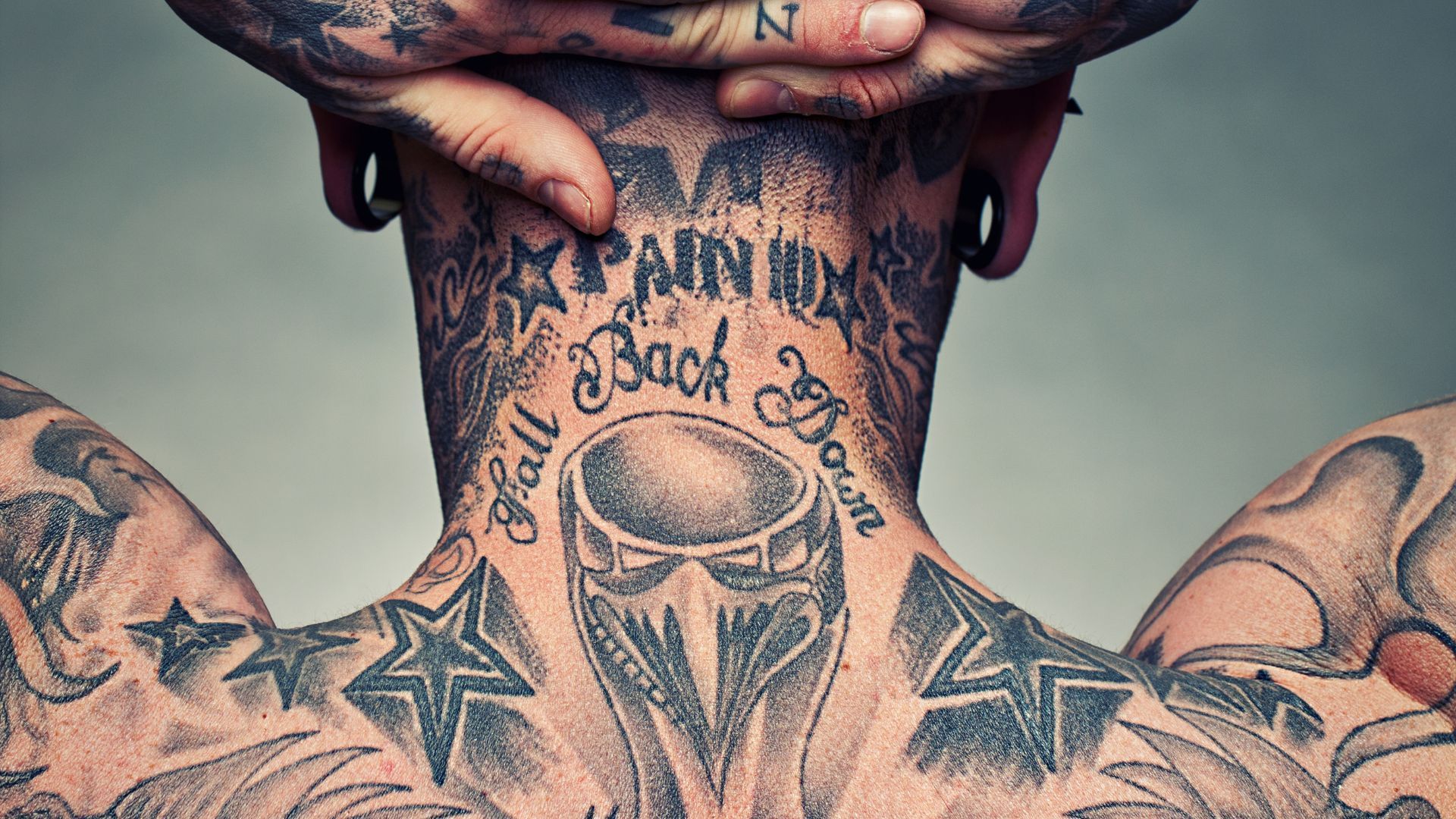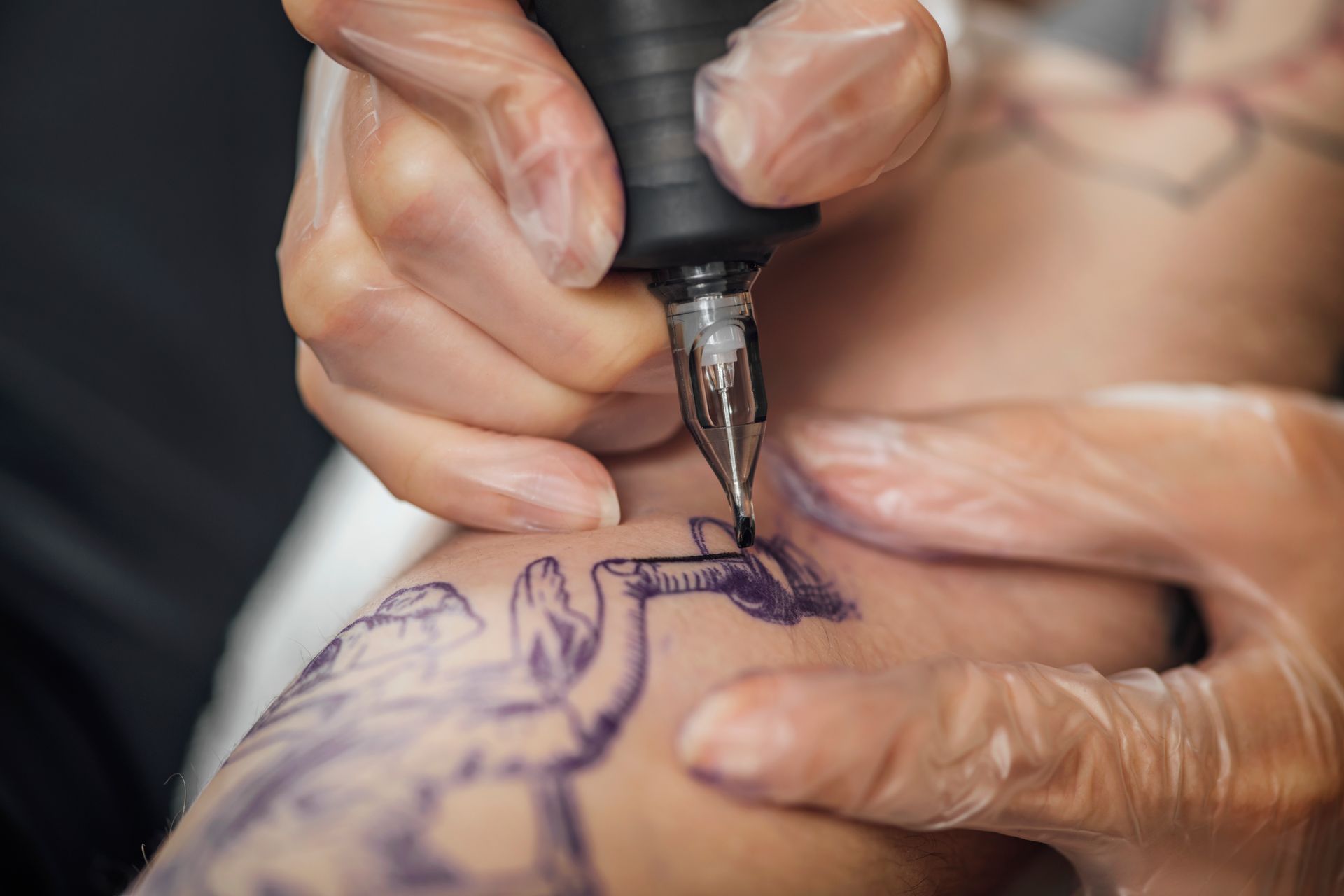October 29, 2025
Tattoos are more than just ink on skin; they are a timeless form of self-expression, a visual language that has told stories for thousands of years. From ancient rituals to modern-day fashion statements, the art of tattooing has journeyed through centuries of change. Let's explore the rich history of tattoos and see how they became such a significant part of our contemporary culture. The Ancient Origins of Ink The story of tattoos begins long before written history. The oldest known examples date back over 5,000 years, found on the mummified body of Ötzi the Iceman, discovered in the Alps in 1991. He had 61 tattoos, simple dots and lines believed to be therapeutic, possibly an early form of acupuncture. This discovery proved that tattooing was practiced in Europe during the Bronze Age. Across the globe, ancient cultures independently developed their own unique tattooing traditions. Tattoos in Ancient Societies ● Egypt: Tattoos have been found on female mummies dating back to around 2000 BCE. These markings, often consisting of dots and patterns on the abdomen and thighs, are thought to have been related to fertility and protection during childbirth. ● Polynesia: In Polynesian cultures, tattooing, or tatau, was a deeply sacred practice. Intricate, geometric designs covered entire bodies, indicating social status, lineage, and personal achievements. The process was a rite of passage, and the patterns were rich with cultural meaning. ● Japan: Traditional Japanese tattooing, known as irezumi, has a long and complex history. Initially associated with spiritual and decorative purposes, it later became a mark used to identify criminals. However, by the Edo period (1603-1868), elaborate full-body suits became a status symbol among merchants and the working class. ● Indigenous Peoples of North America: Many Native American tribes practiced tattooing for various reasons, including spiritual power, protection, or to commemorate significant life events. The tools and techniques varied widely, from sharp bones to plant thorns. For much of human history, tattoos were a sign of identity, belonging, and cultural heritage. They were not just decorations but powerful symbols woven into the fabric of society. The Shift in Perception: From Sailor to Rebel When European explorers like Captain James Cook encountered Polynesian cultures in the 18th century, they were fascinated by the tattooed peoples they met. Sailors on these voyages began getting tattoos as souvenirs of their travels, bringing the practice back to the West. Soon, tattoos became a hallmark of life at sea, a mark of a man who had seen the world. In the 19th and early 20th centuries, tattoos were primarily associated with specific subcultures. Sailors, soldiers, and circus performers were the most common canvases for this art form. The association with these groups placed tattoos on the fringes of polite society. They were seen as a symbol of the working class, the rebellious, and the unconventional. The invention of the electric tattoo machine by Samuel O'Reilly in 1891 revolutionized the industry. Based on Thomas Edison's electric pen, this new device made tattooing faster and more precise. Tattoo parlors began to pop up in port cities and working-class neighborhoods, solidifying the art form's connection to these communities. For decades, tattoos remained a symbol of counter-culture, embraced by bikers, rock stars, and punks as a visible sign of their rejection of mainstream norms. The Tattoo Renaissance: Ink Goes Mainstream The late 20th century marked the beginning of a "tattoo renaissance." Attitudes began to shift as artists pushed the boundaries of what was possible with ink. They introduced new styles, colors, and techniques, elevating tattooing from a simple craft to a sophisticated art form. Several factors contributed to this change: Celebrity Influence: When athletes, musicians, and movie stars began to proudly display their tattoos, public perception started to change. Ink was no longer hidden; it was a part of a celebrity's personal brand, seen on red carpets and magazine covers. Artistic Evolution: Tattoo artists began to gain recognition for their skill and creativity. Styles diversified dramatically, from photorealistic portraits and delicate watercolors to bold neo- traditional designs. Tattoos were now seen as custom works of art. Increased Accessibility and Safety: The rise of professional, hygienic tattoo studios played a crucial role in bringing tattoos to the masses. These clean, regulated environments made people feel safe and comfortable getting tattooed. The Modern Tattoo Parlor: A Space for Art and Expression Today, tattoos are more popular than ever. They are seen on people from all walks of life—doctors, lawyers, teachers, and grandparents. This widespread acceptance is thanks in large part to the professionalism and artistry found in modern tattoo studios. Parlors like Pauly's Tattoo represent the modern face of the industry. They are not just places to get ink; they are creative spaces where artists collaborate with clients to bring their visions to life. These studios prioritize hygiene, using sterilized equipment and following strict health guidelines, which has removed much of the fear and stigma once associated with getting a tattoo. The role of a modern tattoo artist has also evolved. They are skilled professionals who consult with clients, design custom pieces, and execute them with precision. Shops like Pauly's Tattoo contribute to the art form's popularity by offering a welcoming and professional experience. They make the process of getting a tattoo feel safe, personal, and exciting, encouraging more people to embrace this form of self- expression. Tattoos Today: A Permanent Part of Modern Life From the therapeutic marks on Ötzi the Iceman to the intricate sleeves of today, tattoos have always been a powerful way for humans to tell their stories. They have been symbols of status, spirituality, rebellion, and love. The journey of tattoos from the ancient world to the modern studio is a story of cultural evolution. What was once a mark of a specific tribe or subculture is now a universal language of personal identity. Thanks to the skill of modern artists and the professionalism of studios, tattoos are here to stay, not as a trend, but as a permanent and beautiful part of what it means to be human.






